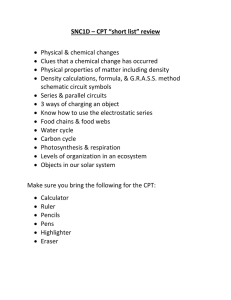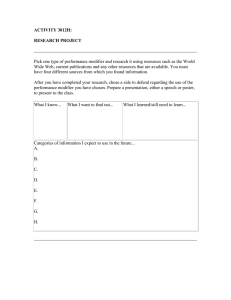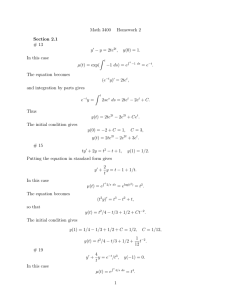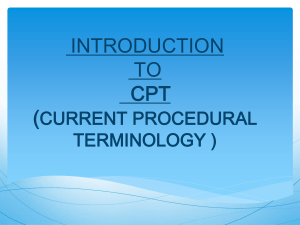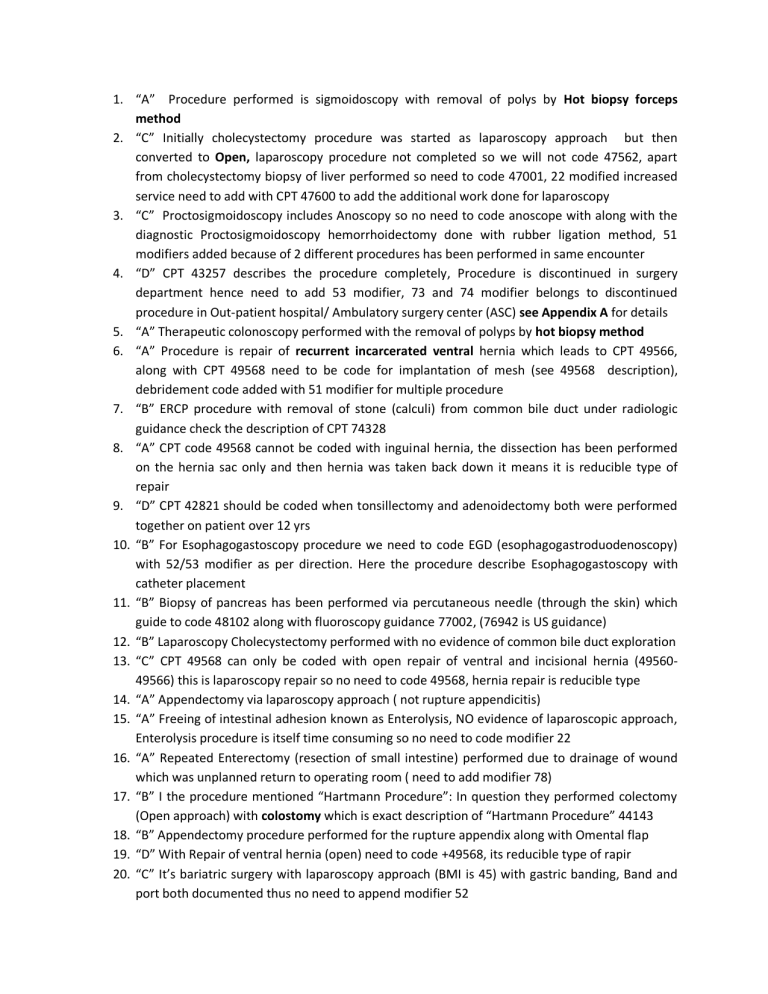
1. “A” Procedure performed is sigmoidoscopy with removal of polys by Hot biopsy forceps method 2. “C” Initially cholecystectomy procedure was started as laparoscopy approach but then converted to Open, laparoscopy procedure not completed so we will not code 47562, apart from cholecystectomy biopsy of liver performed so need to code 47001, 22 modified increased service need to add with CPT 47600 to add the additional work done for laparoscopy 3. “C” Proctosigmoidoscopy includes Anoscopy so no need to code anoscope with along with the diagnostic Proctosigmoidoscopy hemorrhoidectomy done with rubber ligation method, 51 modifiers added because of 2 different procedures has been performed in same encounter 4. “D” CPT 43257 describes the procedure completely, Procedure is discontinued in surgery department hence need to add 53 modifier, 73 and 74 modifier belongs to discontinued procedure in Out-patient hospital/ Ambulatory surgery center (ASC) see Appendix A for details 5. “A” Therapeutic colonoscopy performed with the removal of polyps by hot biopsy method 6. “A” Procedure is repair of recurrent incarcerated ventral hernia which leads to CPT 49566, along with CPT 49568 need to be code for implantation of mesh (see 49568 description), debridement code added with 51 modifier for multiple procedure 7. “B” ERCP procedure with removal of stone (calculi) from common bile duct under radiologic guidance check the description of CPT 74328 8. “A” CPT code 49568 cannot be coded with inguinal hernia, the dissection has been performed on the hernia sac only and then hernia was taken back down it means it is reducible type of repair 9. “D” CPT 42821 should be coded when tonsillectomy and adenoidectomy both were performed together on patient over 12 yrs 10. “B” For Esophagogastoscopy procedure we need to code EGD (esophagogastroduodenoscopy) with 52/53 modifier as per direction. Here the procedure describe Esophagogastoscopy with catheter placement 11. “B” Biopsy of pancreas has been performed via percutaneous needle (through the skin) which guide to code 48102 along with fluoroscopy guidance 77002, (76942 is US guidance) 12. “B” Laparoscopy Cholecystectomy performed with no evidence of common bile duct exploration 13. “C” CPT 49568 can only be coded with open repair of ventral and incisional hernia (4956049566) this is laparoscopy repair so no need to code 49568, hernia repair is reducible type 14. “A” Appendectomy via laparoscopy approach ( not rupture appendicitis) 15. “A” Freeing of intestinal adhesion known as Enterolysis, NO evidence of laparoscopic approach, Enterolysis procedure is itself time consuming so no need to code modifier 22 16. “A” Repeated Enterectomy (resection of small intestine) performed due to drainage of wound which was unplanned return to operating room ( need to add modifier 78) 17. “B” I the procedure mentioned “Hartmann Procedure”: In question they performed colectomy (Open approach) with colostomy which is exact description of “Hartmann Procedure” 44143 18. “B” Appendectomy procedure performed for the rupture appendix along with Omental flap 19. “D” With Repair of ventral hernia (open) need to code +49568, its reducible type of rapir 20. “C” It’s bariatric surgery with laparoscopy approach (BMI is 45) with gastric banding, Band and port both documented thus no need to append modifier 52 21. “C” Refer diagram 22. “D” Laparoscopy cholecystectomy performed which allow to code CPT 47562 along with the CPT 47480 for incision of common bile duct to remove stone 23. “D” ostmy suffix refers to opening procedure 24. “A” CPT 44005 should be coded for “Enterolysis” or freeing of intestine adhesion along with CPT 44120 for dissection and double stapled anastomosis 25. “A” Its colonoscopy diagnostic procedure, see colonoscopy decision tree if scope does not reach to the caecum then need to code 45378 with 53 modifier
